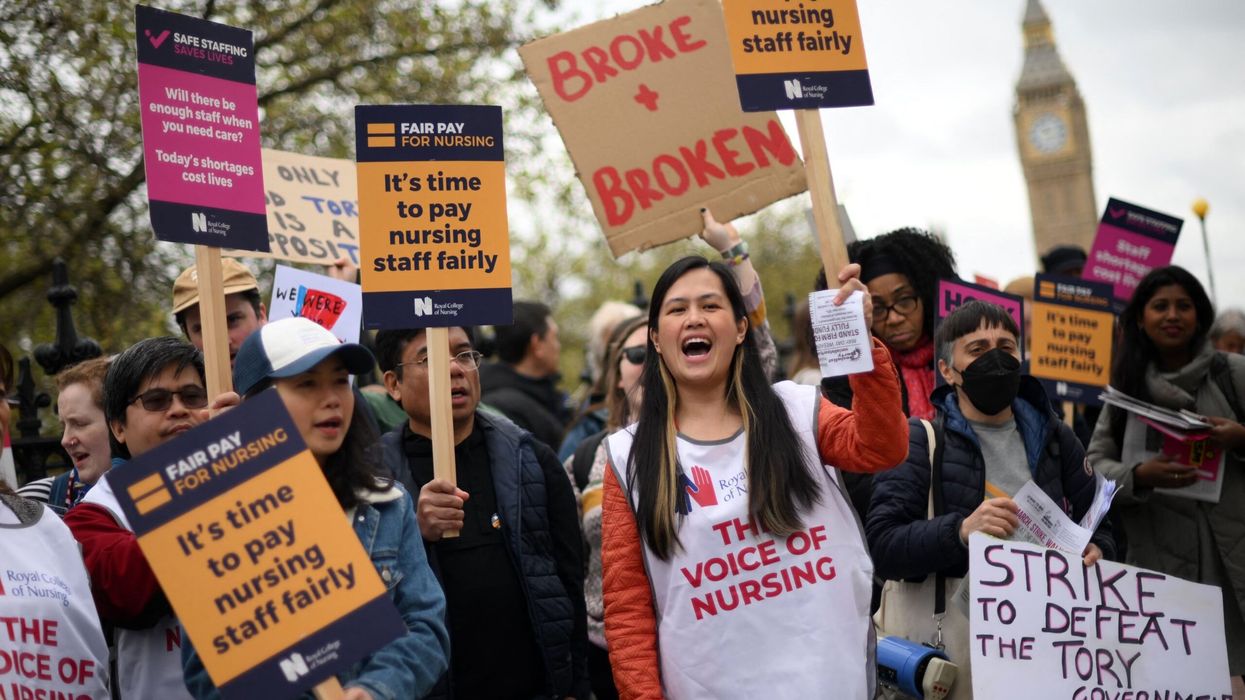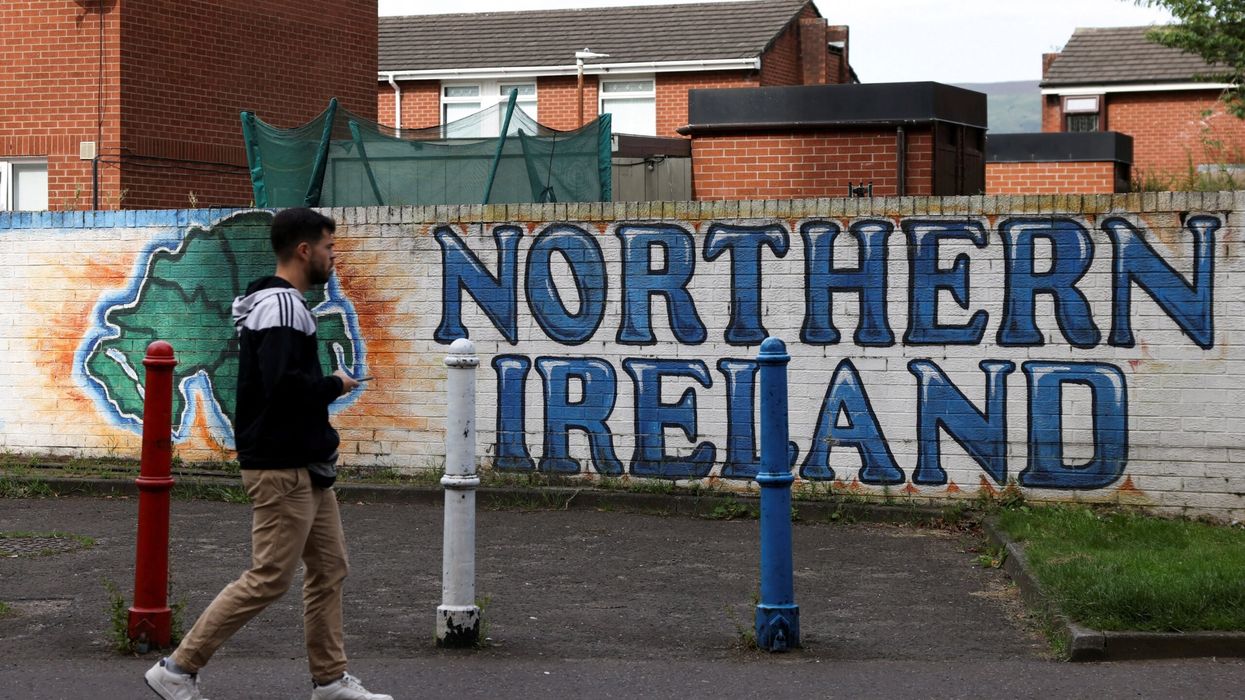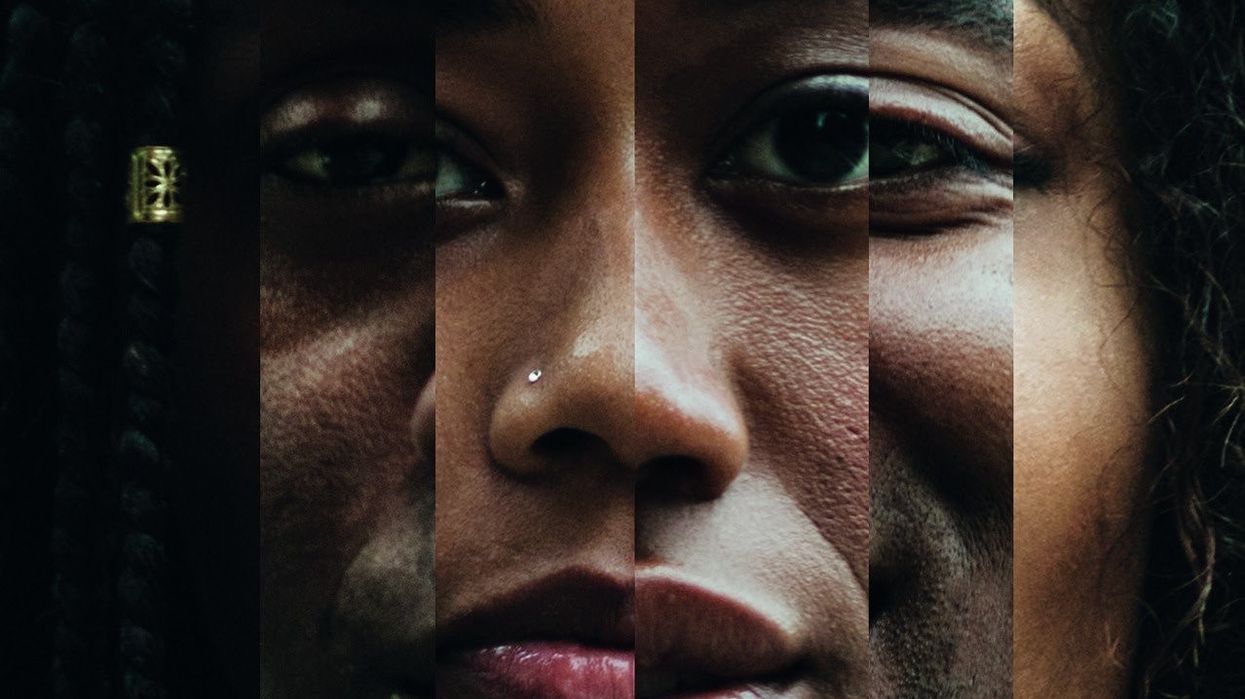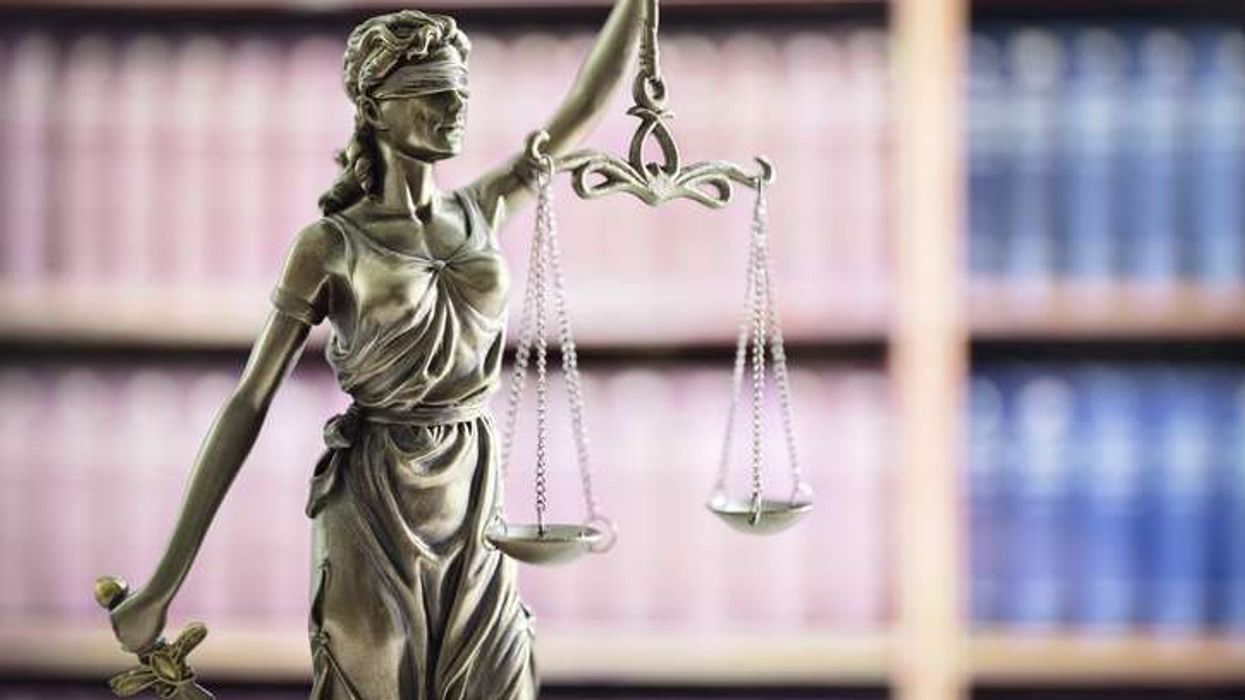by AMIT ROY
ROYAL EXHIBITIONS GET QUEEN’S GALLERY DATES
FOR Eastern Eye readers, last month’s wedding of Prince Harry and Meghan Markle at Windsor Castle will not be the only royal event of interest; the next few days will see the start of “an Indian summer at Buckingham Palace”.
This is curator Emily Hannam’s description of two Indian exhibitions which will run alongside each other in the Queen’s Gallery from June 8 to October 14.
One which has been touring the country since March 11 last year after it opened in Bradford and now comes to Buckingham Palace for the first time is Splendours of the Subcontinent: A Prince’s Tour of India 1875-6.
This displays the gifts which were given by 90 Maharajahs and other rulers when Albert Edward (“Bertie”), the Prince of Wales – he succeeded to the throne as Edward VII on Queen Victoria’s death in 1901 – undertook a four-month tour of India in 1875-76.
The new exhibition, called Splendours of the Subcontinent: Four Centuries of South Asian Paintings and Manuscripts “explores the 400-year shared history of the British monarchy and south Asia through Indian paintings and illuminated manuscripts from the Royal Library at Windsor Castle, as well as paintings, prints, drawings and photographs from the wider Royal Collection”.
Hannam’s scholarly grasp of the history of Indian art is impressive, but then she is the curator who has selected 150 works – “some of the best examples of their kind in the world” – for the second exhibition and also edited the accompanying catalogue. Other than two which were obtained as the result of military conquest, most were given as gifts to British monarchs either by Indian rulers or by East India Company officers who appreciated and collected Indian art.
“They are mostly kept in the Royal Library at Windsor in a climate controlled environment,” says Hannam, who is based at Windsor Castle and was recruited to catalogue the Indian paintings and manuscripts in the Royal Collection.
Ironically, it seems not many might have survived in India’s humid conditions. Hannam explains how her colleagues examine art works under a microscope and lovingly glue down any paint that might have lifted over the centuries.
The exhibition shows the impact of photography on Indian visual art. “Two generations of the Maharajahs of Benaras used the same photograph of Queen Victoria to make a composite image in which they are depicted presenting the Queen with, in the first case, a book and, in the second, an album of photographs.”
The paintings on display include Queen Tissarakshita (1911), by Abanindranath Tagore (a nephew of the poet Rabindranath Tagore), which was acquired by Queen Mary who became quite an expert on Indian art.
Hannam says: “It is a very beautiful painting which hasn’t been on display since 1914 – Tagore was the founder of the first nationalist art movement in India. That painting is a very important one – we look forward after that to the modern age of Indian art. But it also tells of the nuanced, complex relationship between nationalism, art, Raj and monarchy.”
According to the notes from the Royal Collection, “the extraordinary splendour of the Mughal court was captured by artists in intricate paintings and manuscripts. George III was given a number of these magnificent works, forming one of the greatest collections of South Asian works on paper outside the subcontinent.
“In 1798, Lord Teignmouth, Governor-General of India, presented the King with six volumes as gifts from the Nawab of Awadh. Among these was the mid-17th-century Padshahnama (Book of Emperors), an illustrated chronicle commissioned by the fifth Mughal Emperor Shah Jahan as a celebration of his reign and dynasty, described by Teignmouth as ‘the most splendid’ Mughal manuscript he ever saw.
“The rise of the East India Company was also reflected in the gifts of manuscripts presented to the British monarch on behalf of the Company and by Company officers. Such works included 18 gatherings of Sanskrit text, among the earliest Hindu religious manuscripts to arrive in Britain, and detailed architectural drawings including the elevation of one of the Gopurams (entrance gates) of the Temple at Srirangam, c.1800.”
- Splendours of the Subcontinent: Four Centuries of South Asian Paintings and Manuscripts and Splendours of the Subcontinent: A Prince’s Tour of India 1875-6 are at the Queen’s Gallery, Buckingham Palace, from June 8 to October 14, 2018.











